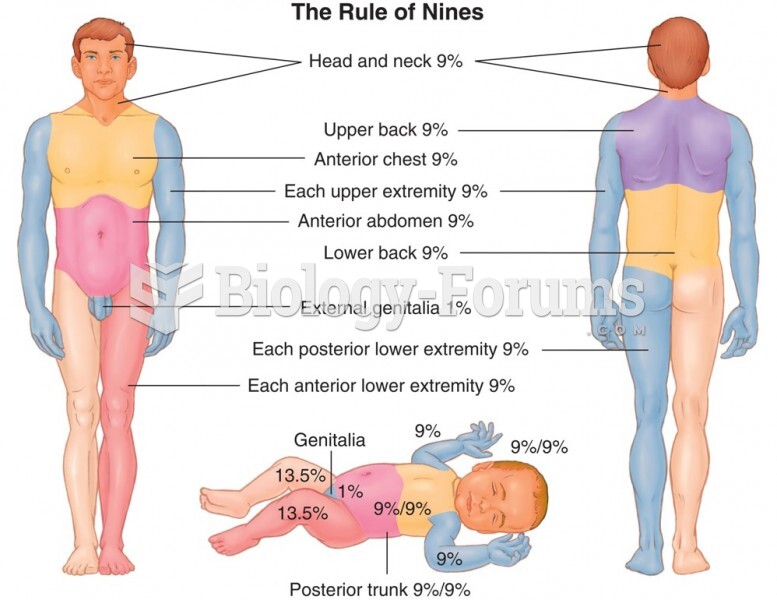Answer to Question 1
C
Answer to Question 2
Problem-oriented policing requires drastic changes in the police paradigm. The traditional role for police officers is to respond to calls for service, deal with the problem at hand, and then return to an available status as quickly as possible for the next call. It is sometimes referred to as putting out fires. Problems are only temporarily handled, but calls for the same problem continue to cause police to utilize man hours for weeks, months, or years. Problem-oriented policing requires the responding officer to spend more time resolving a problem so there is less likelihood police will have to deal with it again. This is done by using a problem solving model. There are several models and approaches being used in the United States, but they all have one common goal find out what the deep root problem is. By identifying what the underlying cause is for the neighbor trouble, an officer can develop a strategy to respond to that problem in hopes to end the quarrel permanently. In order to identify what the real problem is, an officer may have to spend hours or even several shifts visiting with neighbors and learning more about the history of the dispute. Often neighbor disputes originate from some issue that isn't even related to the present problems. It is common for an officer to learn that a neighborhood dispute of 5 -10 years started over a minor incident, sometimes a misunderstanding. It is common to find out that all a neighbor really wants is an apology or to be understood. Once an officer identifies the real reason why neighbors hate each other, a plan can implemented to resolve the deep hurt and get to what the neighbors really need to be content. Not all problem solving is easy, but if officers can settle a few neighborhood disputes, it could save hundreds of man hours in the years to come, freeing up officers for more important problem solving.







